Whether you’re learning how to cook or aiming to perfect your craft, knowing How To Fry An Egg properly is an essential skill in the kitchen.
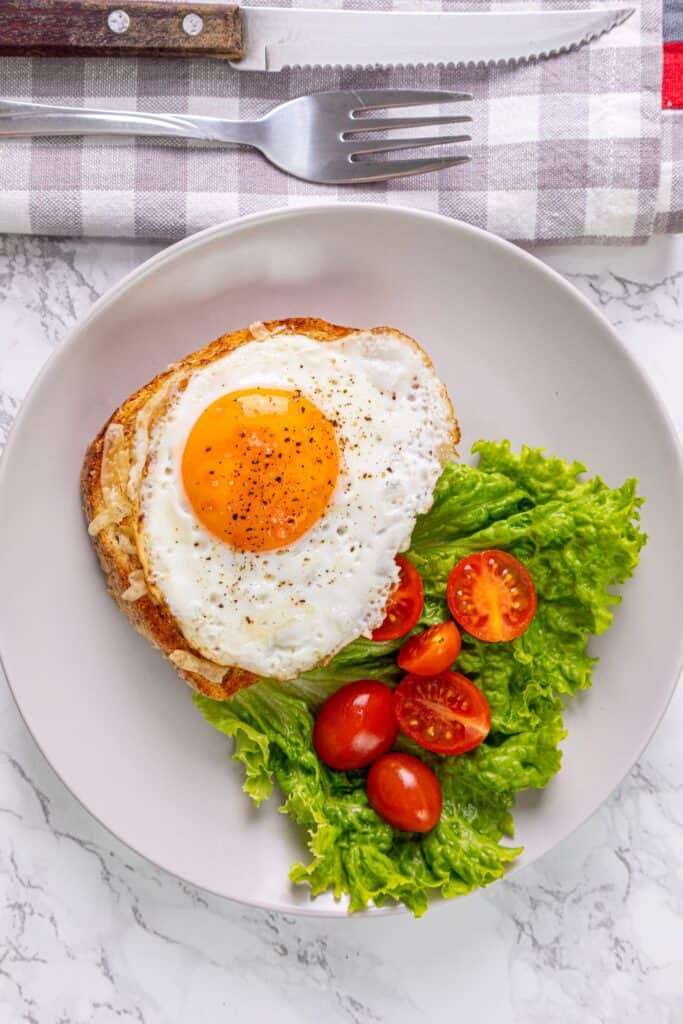
In my eyes, fried eggs are a perfect food. Perhaps that’s why it was my first stop on a lifelong road of culinary skills. Fried eggs are crispy on the edges, set to perfection around the yolk, have a sunshine-hued center, and are ready for buttered toast. These gooey, tasty things are my go-to breakfast—sometimes paired with toast, other times on top of a bowl of brown rice, and occasionally, inside a decadent sandwich with cheese, tomatoes, bacon, and mayo.
If you can fry yourself an egg, you can make a nutritious meal. That’s one reason I’m so keen on keeping a small flock of backyard chickens—they are magical creatures that turn my produce scraps into complete proteins!
If you’re looking to learn how to fry an egg, you’re in the right place. As an egg eater with years and years of daily egg-frying experience, I will guide you through the trials and tribulations associated with the skill. Frying eggs isn’t difficult at all, as long as you keep a few things in mind, maintain some patience—and whatever you do, don’t crack eggs into dry frying pans.
Are Fried Eggs Healthy?
Yes! Eggs are one of the healthiest foods we can eat. They are packed with protein and healthy fats, and egg yolks are naturally rich in vitamin D. Eggs are considered complete proteins because they contain all nine essential amino acids our bodies can’t produce. Frying an egg doesn’t require a ton of oil, either, unlike many fried foods, so they don’t end up with many extra calories. Eggs contain barely any carbohydrates, so they are also great for those following a keto diet. This recipe is gluten-free and vegetarian-friendly (as long as eggs aren’t an issue, obviously). If you want to make fried eggs dairy-free, use olive or avocado oil instead of butter.
How To Fry An Egg To Your Liking
Like a steak, eggs are cooked to a chosen level of doneness, and each level requires slightly different cooking instructions. I’ll admit here that I learned to love sunny-side up eggs because I was afraid to flip them at first!
Generally, the medium-low setting on your stovetop is the sweet spot for egg-frying, and don’t add butter (or eggs!) to the pan until it has preheated sufficiently. (And for the sake of your frying pan, let the butter coat the hot pan before you crack the eggs into it.)
Sunny-Side Up: Cook your egg for two minutes over medium-low heat, until the egg white is set with a still-runny yolk. Serve.
Over-Easy: Cook your egg for two minutes over medium-low heat. Flip and cook for five seconds. Serve.
Over-Medium: Cook your egg for three minutes over medium-low heat. Flip and cook for 30 seconds. Serve.
Over-Hard: Cook your egg for three minutes over medium-low heat. Flip and cook for two minutes. Serve.
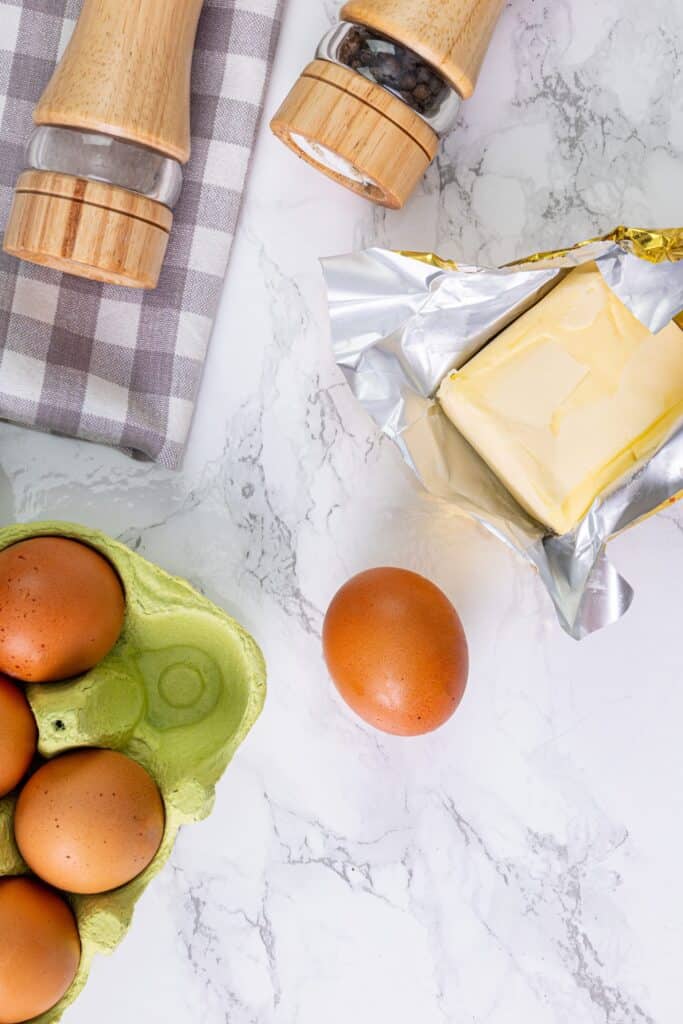
How Do I Store Leftovers?
There are a lot of times when I recommend eating your dish fresh, and this is one of those times. There’s no great way to reheat leftover fried eggs. If you think you’ll end up with leftover eggs after frying, it’s a good idea to fry them over-hard. Store them in an airtight container in the fridge for up to 2 days. I suggest using them to make egg salad. If you must reheat them, try the microwave in 15-second intervals until warm. If you overheat it, the egg will turn into rubber!
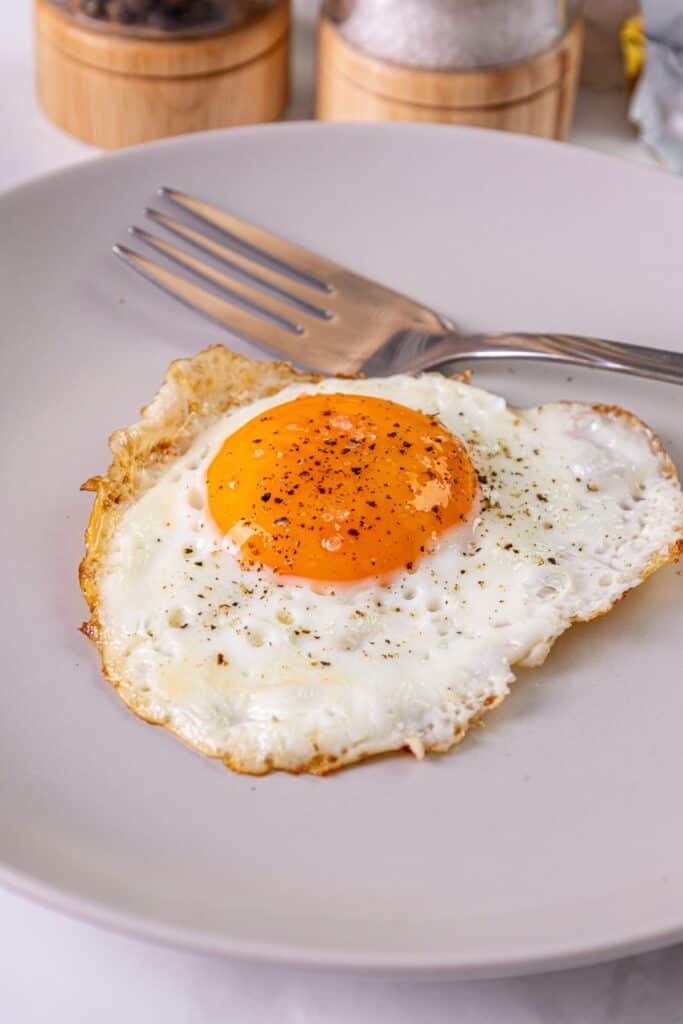
Serving Suggestions
I absolutely love a fried egg on top of a simple slice of buttered toast, or if I’m really hungry, inside a Breakfast Sandwich. For a brunch, Healthy French Toast is a great choice for a side. During the cold winter months, I find myself frying eggs to put on top of this Savory Oatmeal recipe. If you’re a “salty breakfast” person and you haven’t tried savory oatmeal, you’re really missing out!
Other sides you should consider with fried eggs include Twisted Bacon (fancy and trendy), savory Breakfast Potatoes, and Air-Fryer Breakfast Sausage.
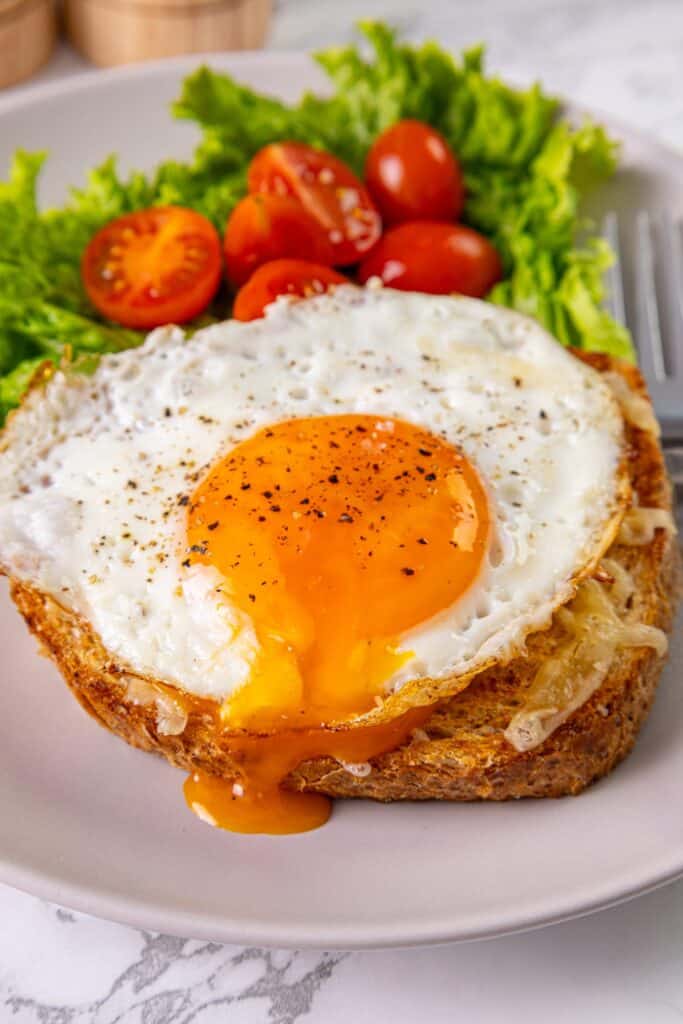
Recipe

Ingredients
- ½ teaspoon unsalted butter
- 1 large egg
Instructions
- Preheat a nonstick skillet over medium-low heat for 3-5 minutes.
- Add butter to the skillet, swirling to coat the surface evenly.
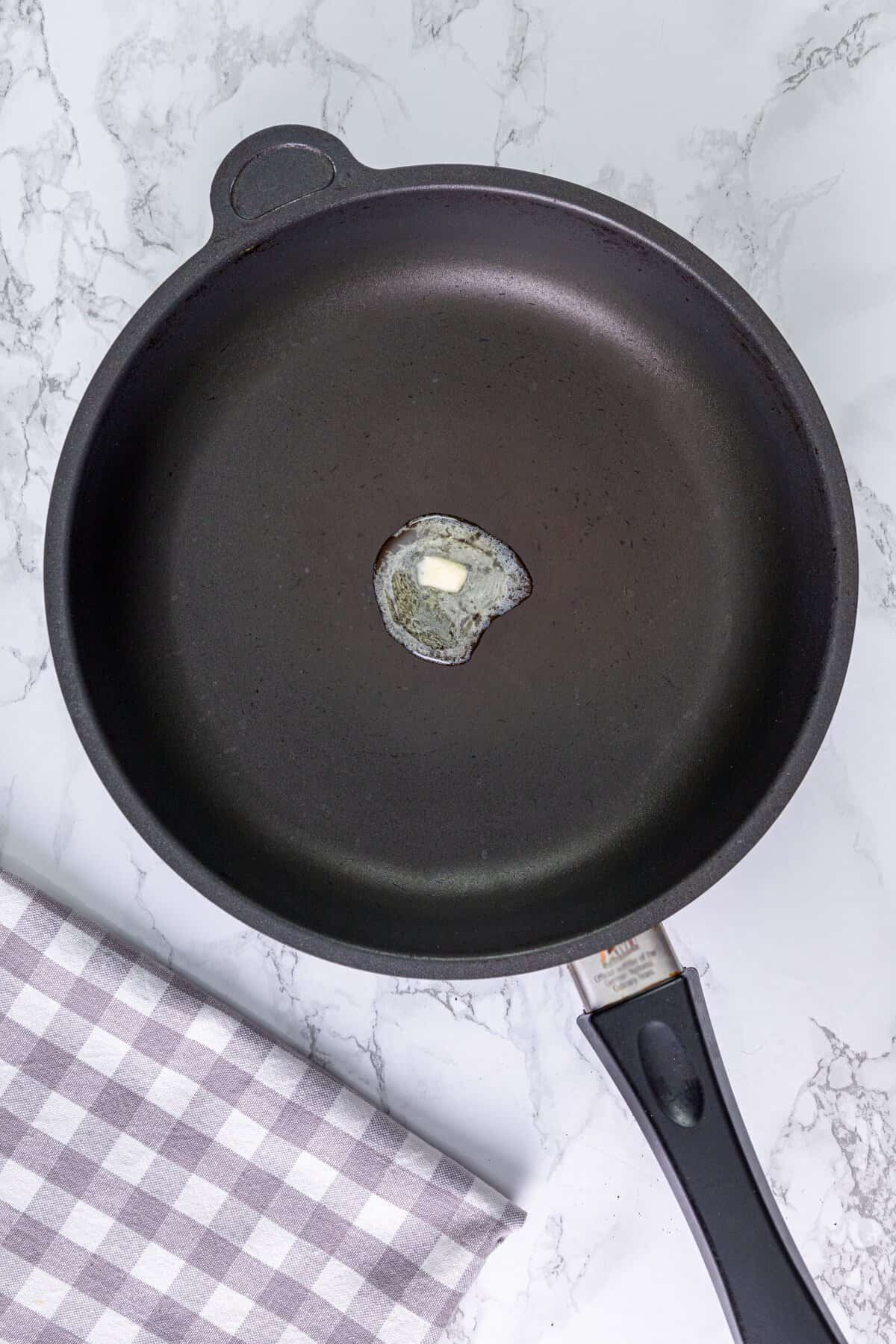
- Gently crack the egg into the skillet, cooking until the whites are fully set but the yolk remains runny for a sunny-side up egg.
- For over-easy, medium, or hard, wait until the whites are partially set, then flip the egg and cook to your preferred yolk doneness.
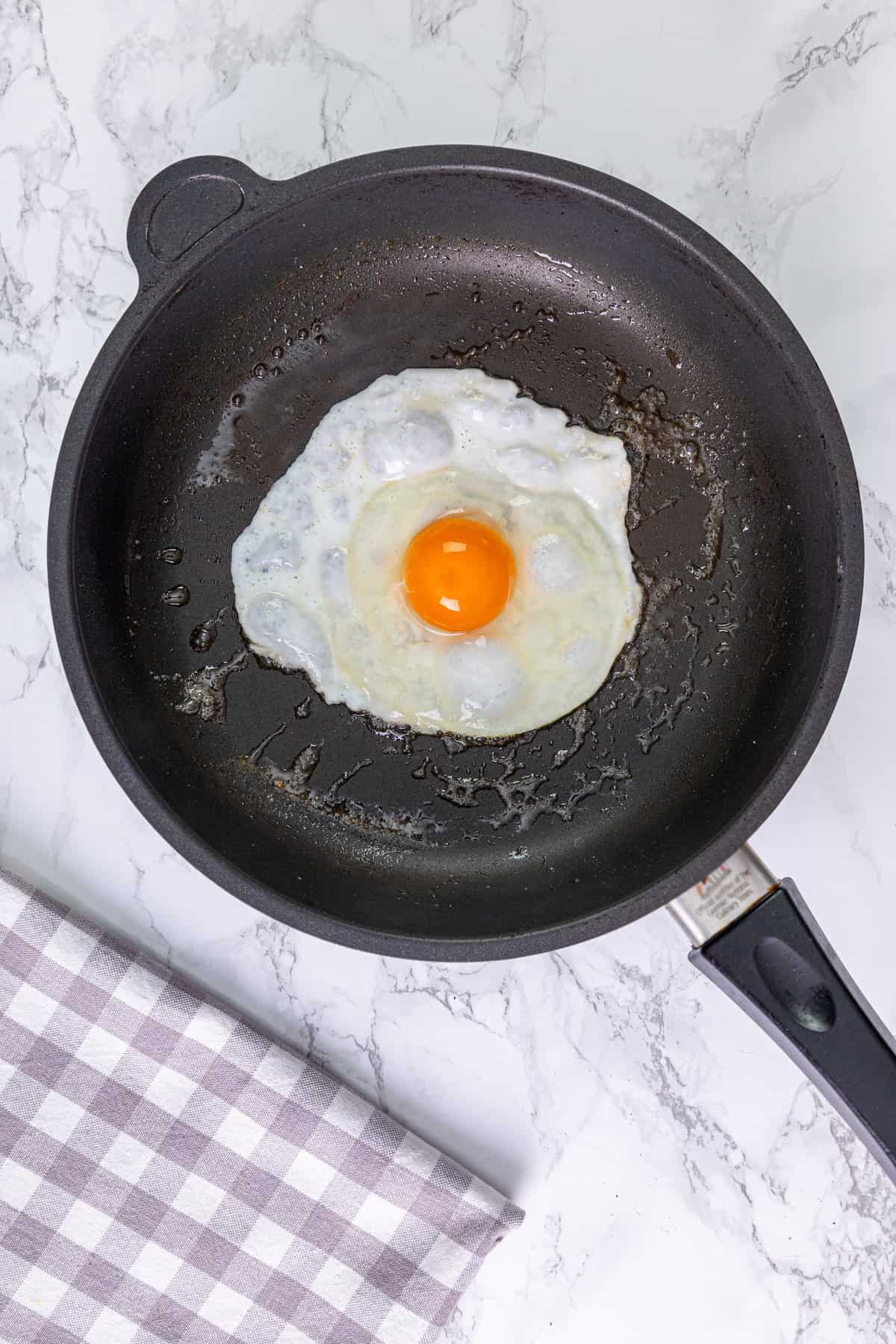
- Carefully transfer the cooked egg to a plate, season with salt and pepper to taste, and serve immediately.
Nutrition Info:
Recipes written and produced on Food Faith Fitness are for informational purposes only.
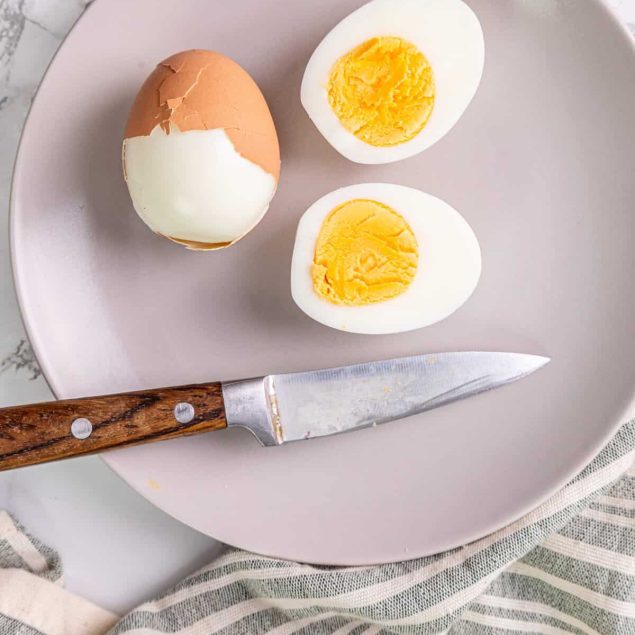
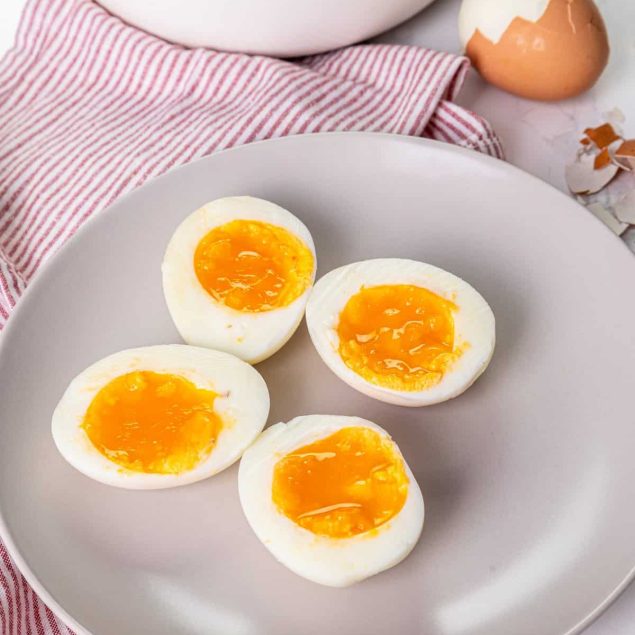
Leave a Comment